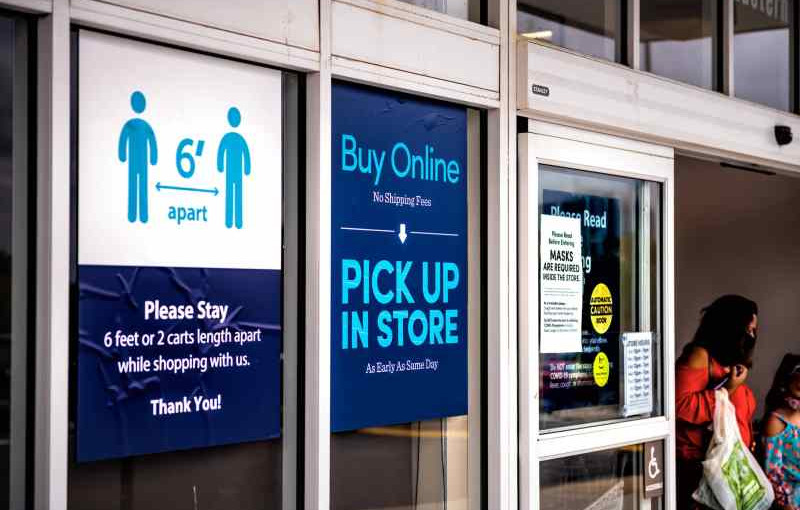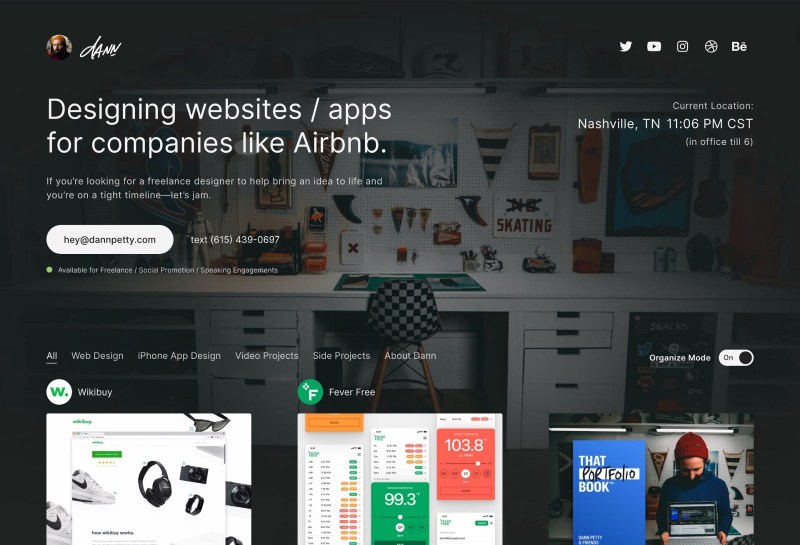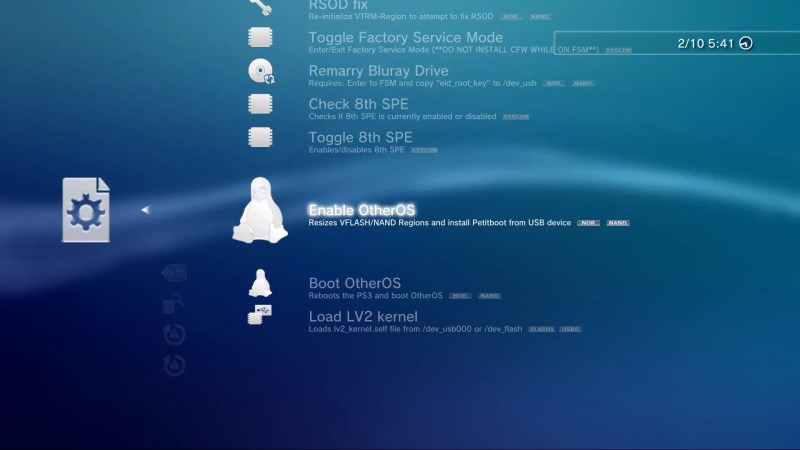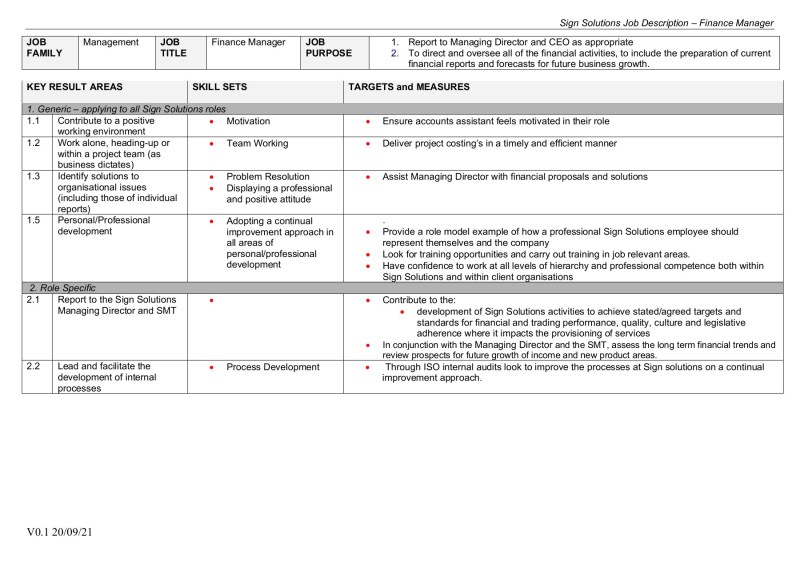Where Do Stores Buy Their Merchandise
Where Do Stores Buy Their Merchandise – Learn how handmade images and products are sold on the shelves of brick-and-mortar stores and online retailers.
A few years ago I had my first shop owner contact me about a poster I had listed on my Etsy shop – he said he really wanted to buy something to sell in his shop and wondered if I would do it. . wholesale
Where Do Stores Buy Their Merchandise
I googled it like you did and realized I had to offer some kind of discount price since it was a wholesalers thing…so I blindly said yes and offered a price that was 25% off for 10 was posters that he called. He agreed, but I believe I came across as someone who really knew nothing about a successful wholesale business. Because… I really don’t.
Inflation Means Teachers Who Buy Their Own Supplies Have To Spend More Or Ask For Help
After many years, with more insight and more experience under our belts, we are here to help you so you don’t have to go through that “oh crap, someone asked me if I sell wholesale !!!” moment, or “Oh my god, I’m so nervous about getting my product into stores!” the moment
The whole business model is based on selling to existing brands instead of selling directly to customers. Retailers who own stores need products to get to those stores, so they buy them from wholesalers—people like you who make the goods and offer them at low wholesale prices.
Good question. When wholesalers buy a product for $10, they can’t sell it at the same price or they won’t make money. Therefore, a retailer who buys a product for $10 must sell it to retail customers for more than $20 to make it worthwhile. Wholesalers price their goods so that the wholesale price gives them a profit.
Often, product brands offer both consumer and wholesale sales: they can sell their products directly in their Etsy shop or at craft fairs at regular retail prices.
Boost Your Grocery Store With Location Based Marketing Strategy In 2023
Imagine that I am an artist who sells stationery such as greeting cards and prints. I have a wholesale part of my business where I sell my cards to shops, stores and other wholesale markets. The wholesale price for my cards is $2.50 when I sell them to the store and each store charges $5 when I sell them to a customer. I also have a retail side of my business where I sell my stationery on my online store. I sell the cards directly to customers for $5.
First, you need at least one product. Perhaps you really need a few products (sellers usually expect you to contact them with the entire catalog of selected items, but there are some exceptions).
You can sell all kinds of wholesale items, from artisan soaps to wall hangings or custom decorations. You just have to make sure there are shop owners and wholesalers in the retail trade who want…whatever.
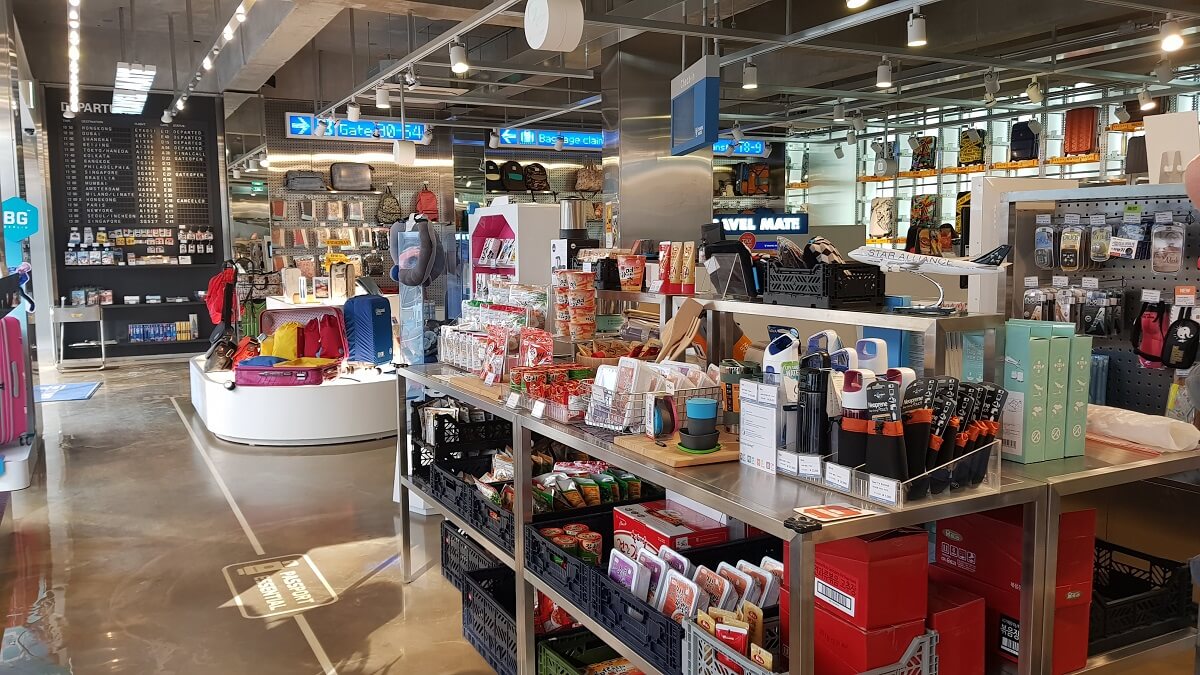
When you’re ready to start wholesale, it’s important to think about all the moving parts. And there are many. From designing your catalog to production and delivery, you want to make sure you give buyers clear expectations about your process and schedule and what they can expect. You’ll want to stock up or be ready to collect – and make sure you’re ready to handle some large orders (because wholesale is buying in bulk)! In the early days of our wholesale business, we weren’t above bribing our friends with produce and pizza to help fill orders when we had eaten more than we could eat.
A Tale Of Four Dollar Stores
This may sound like a lot of work or a lot of fun, but it’s really easy! You’ll want to provide potential wholesalers with a catalog (digital or possibly printed) or a simple flyer so they can browse all of your products.
A catalog is a more comprehensive document that actually showcases your product and includes beautiful pictures (think of the catalogs you get in the mail). A line sheet is a very simple form that displays your product with pricing and ordering information in a very clear manner. You don’t 100% need to have a directory, but it’s good to have one. You should have at least one radar sheet.
Issuu is a great place to upload your catalog files, but a simple PDF will work too. PDF is perfect for line sheets.
On your line item, each item should have a title and SKU (identification number), as well as a wholesale price and a suggested retail price (SRP). (We’ll talk about how to arrive at these wholesale and retail prices later.) You should also set minimum prices that tell retailers they must order at least X quantity of each SKU (if they you will be very annoying and less profitable) 1 of this… one of that…), and the minimum order amount for the entire order (our minimum order is $150). Dealers can fill out a form or email you with what they want to buy.
In Focus: They Were ‘the Place To Be’ For Generations Of Shoppers. But What Lies Ahead For Department Stores?
P.s. If wholesale works well for you, it’s a great idea to create a separate configuration for your online store where buyers can create a login and buy wholesale directly from your online store! This makes it easier and faster for them and creates a seamless workflow on your side.
Pricing can feel like a nightmare, but it doesn’t have to be! There’s a very simple formula that should help you figure out how you’ll pay for wholesale (and retail). A general rule of thumb is that your retail price should be 2 times your wholesale price.
To find your wholesale price, use the formula below and make sure your cost of goods includes everything from your time to your materials (cello bags, printing costs, ink, packaging, etc.). (The cost of goods below refers to the cost of producing just ONE item… so if I price a poster and I know it will cost $500 to print 100 posters plus $0.50 per poster for packaging cost, my cost formula looks like this: (500/100) + .5 = $5.50 per poster).

Cost of Product = Cost of Manufacturing Product Cost of Product x 2 = Wholesale Price x 2 = Retail Price
You Can Now Buy Shoes From Dsw While Grocery Shopping At Some Hy Vee Locations
If you print all your greeting cards at home, cello wrap them and grade them yourself, and it costs you about $2, you can’t buy them wholesale for a dollar. Take a look at your industry and see what others are charging to find a place that looks comfortable and make sure you don’t accidentally undercut yourself!
When it comes to selling to wholesalers, setting a minimum order quantity is an important part of the process. This is because it helps you keep track of the number of products you sell and ensures that the wholesaler is committed to buying the product.
A minimum order quantity (MOQ) is the minimum amount of product a wholesaler MUST purchase for their order with you. For example, if your MOQ is 100 units, the wholesaler must purchase at least 100 units to place an order. The more they buy, the more money they save and the more money you make! It’s a win, a win.
Speaking of making more money, it’s important to consider the financial implications for the wholesaler when setting your MOQ. You want to set a low MOQ so that the wholesaler can realistically place an order without feedback. You also want to make sure that your MOQ is high enough to get a reasonable price for the product.
Jasons Deli Opens At Ion Orchard With Healthy Food Alternatives To Replace Your Bbt & Pantry Snacks
Knowing your target audience and your ideal customer is important when you start looking for vendors to sell your products.
It sounds simple, but start making a list of stores that you think your product will fit. Browse the internet for cute shops and make a note of all the shops in your town that you think might like your product. Then you can just email them a nice, personal note, including your catalog and/or line sheet, and ask if they’d like to work with you or see some samples. You can also try sending exciting mail (really fun mail to get their eye!) or call the store and ask for a wholesale buyer. This is a very difficult step for the introverts out there, but it is extremely important. Try to remember… you’re not trying to trick them into anything! You introduce them to a product that can make them money!
Organization is one of our love languages, but it doesn’t come naturally to everyone. You don’t want to be in a situation where someone has ordered 20 of your 3-color printed cards only to find out that you only have 18. Find a system that works for you and makes it easy for you to keep track. Shipstation is a great tool for tracking inventory and shipping bulk orders as well.

When you ship to sellers, they usually expect (but they don’t like) to pay for shipping on top of their order.
The Zero Waste Grocery Store: The Rise Of Waste Free Groceries
Where do boutiques buy their merchandise, where do clothing stores buy their merchandise, where do thrift stores get their merchandise, where do dollar stores buy their merchandise, where do dollar stores get their merchandise, where do outlet stores get their merchandise, where do department stores buy their merchandise, where do retail stores get their merchandise, where do street vendors get their merchandise, where do flea market vendors buy their merchandise, where do vendors get their merchandise, where do stores get their merchandise
